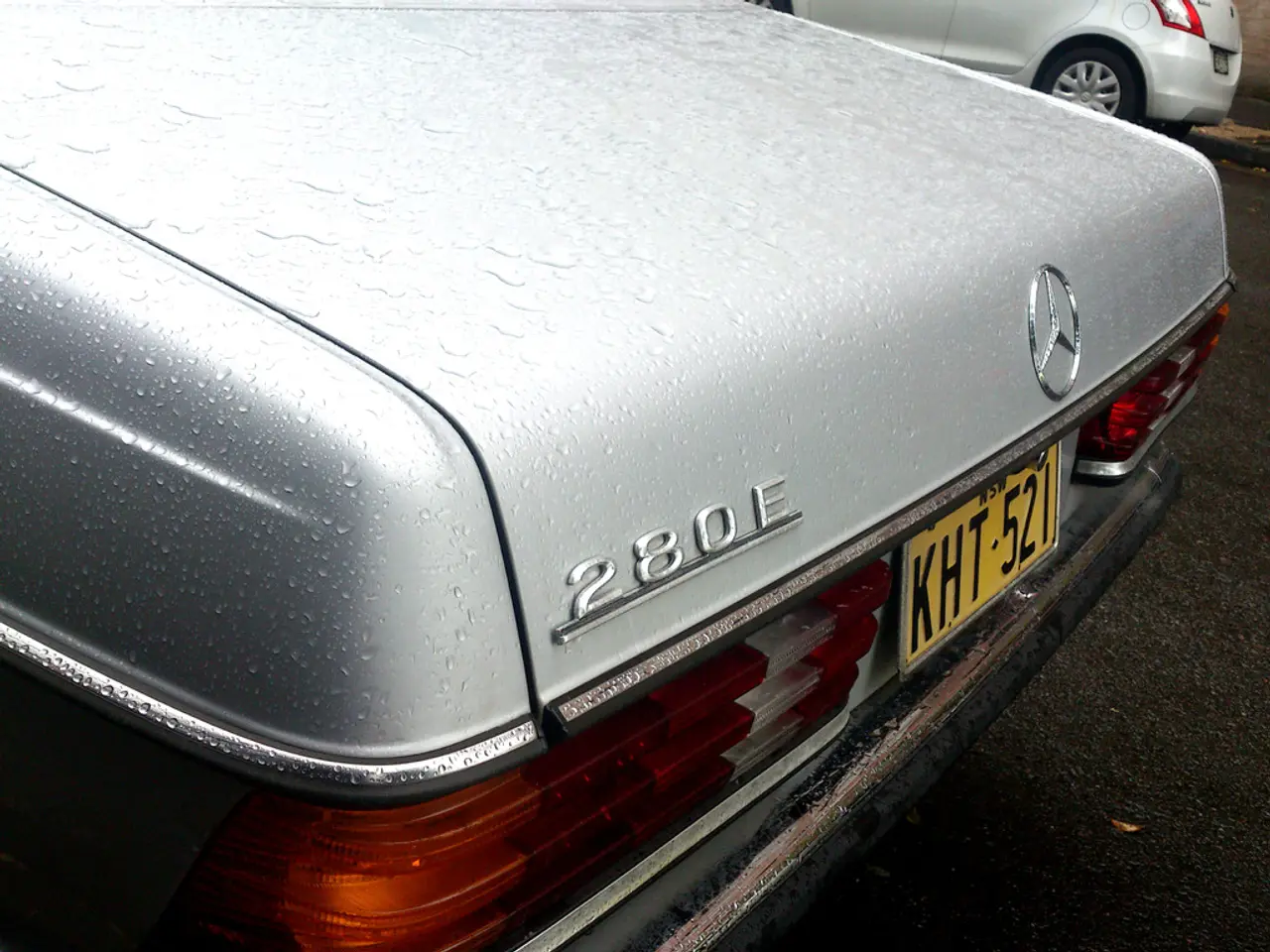Mercedes phasing out the term "luxury" in their branding efforts
In a significant move, Mercedes-Benz has announced a new strategy aimed at broadening its target audience and expanding its electric vehicle (EV) offerings. The German automaker, with around 175,000 employees worldwide, is looking to move beyond its traditional luxury brand perception [1][2].
The strategy involves a major expansion into EVs, targeting more affordable segments such as compact crossovers and core models like the C-Class. This includes introducing electric variants in entry-level segments, like the GLA and GLB electric versions, and mid-tier classes [1]. This shift departs from the company's focus on high-income luxury buyers, targeting a broader demographic, including younger and more cost-conscious consumers interested in advanced technology and sustainability [2].
Mercedes is also engaging younger audiences through influencer partnerships and tailored marketing campaigns that address these evolving preferences [2]. Economically, this pivot aims to counteract recent sales declines by rejuvenating demand through a combination of traditional combustion and zero-emission models [1][3].
The company is recalibrating its EV sales target to 50% xEVs by 2030, rather than 100% BEVs, to reflect market realities. Mercedes is addressing the economic strain of high prices and infrastructure challenges by making EVs more accessible across income segments through localized production (e.g., Hungary with lower labor costs) and shared architectures [3].
Innovation in software and autonomous driving is another key aspect of Mercedes' new strategy. The company is leveraging its advanced MB.OS operating system, which integrates AI, infotainment, and autonomous driving features, to differentiate its offerings technologically, appealing to tech-savvy buyers and reinforcing its luxury reputation while expanding its customer base [3][4].
Despite this shift, Mercedes aims to continue targeting private customers and affluent businesses in the future. The planned "electric-only" strategy has been abandoned in favour of a combination of internal combustion engines and EVs until the 2030s. Ola Källenius, who took over the leadership of Mercedes in 2019, is spearheading this transformation [5].
In the past, Mercedes has been criticized for focusing too much on expensive models like Maybach and AMG. However, the new strategy indicates a conscious effort to balance its portfolio, with premium cars being built in all segments, including more affordable compact cars and SUVs for the masses [6].
The market capitalization of Mercedes currently stands below 50 billion euros, a quarter less than last year. This shift in strategy is expected to help the company address economic challenges by boosting demand, reducing production costs, and staying competitive in a transforming automotive market largely influenced by electrification and digitalization.
- What segment of the industry does Mercedes-Benz aim to target with its new strategy, in addition to expanding its electric vehicle offerings? - A broader demographic, including younger and more cost-conscious consumers interested in advanced technology and sustainability.
- In what ways is Mercedes-Benz engaging younger audiences and addressing evolving preferences? - Through influencer partnerships and tailored marketing campaigns that speak to these changing preferences.
- What strategy has Mercedes-Benz abandoned, in favor of a combination of internal combustion engines and electric vehicles until the 2030s? - The planned "electric-only" strategy.




